Marius Haas On Dell EMC Besting HPE And 2019 Channel Partner Strategy
Haas Talks HPE, IBM Red Hat Merger, AWS Outposts And Everything Channel
Marius Haas played a critical role in making Dell EMC the worldwide leader in server, storage and hyper-converged infrastructure in 2018 with plans to widen the market share gap even further this year.
"[HPE] decided to walk away from some of the hyper-scale business saying, 'I don't know how to make money.' Well, Dell knows how make money," said Haas, president and chief commercial officer of Dell EMC, in an interview with CRN. "We've got a pretty strong understanding as to what it takes to compete in all the different facets of the server ecosystem. We'll be aggressively pursuing them."
Haas, who previously held top roles at Hewlett Packard from 2001 to 2011, is key to Dell EMC's storage and server charge, which is surging ahead of competitor Hewlett Packard Enterprise. Haas is responsible for Dell EMC's global go-to-market organization to deliver solutions to commercial customers while also playing a large role in shaping Dell's channel partner ecosystem. Haas talks to CRN about the company's competitive advantages in the market, IBM's acquisition of Red Hat, VMware integrations ahead and Dell's channel charge for 2019.
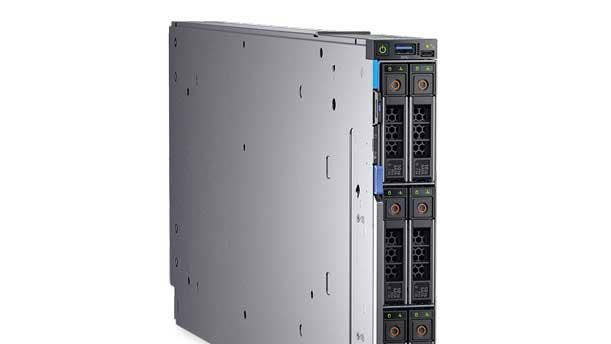
Do you think you Dell can continue to put distance between yourself and HPE in the server market?
It's not close anymore. The customer is going to make the decision of, 'Who am I going to bet on for the next three, five, ten years?' I'm sorry but for my old company [HPE] it's a hard story to say, 'Here is why you should bet on us. Here is our strategy. Here is how we're going to ensure and future-proof you.' Versus you go look at Dell Technologies and the capabilities we have, [customers] say, 'I'm not just buying a single silo of architecture, I'm buying the future. I'm buying the company I'm partnering with who have the people that are going to get me to where I need to get to in order to be competitive.' Our products, even all the way down to the component level within the server portfolio – the [Dell EMC PowerEdge] 14th Generation for example – it's all amazing products. That's the difference. Then on top of that, we invested to make sure we have a very strong relationship with our partners and customers. You have to show up. They've decided to walk away from some of the hyper-scale business saying, 'I don't know how to make money.' Well, Dell knows how make money. We've got a pretty strong understanding as to what it takes to compete in all the different facets of the server ecosystem. We'll be aggressively pursuing them.
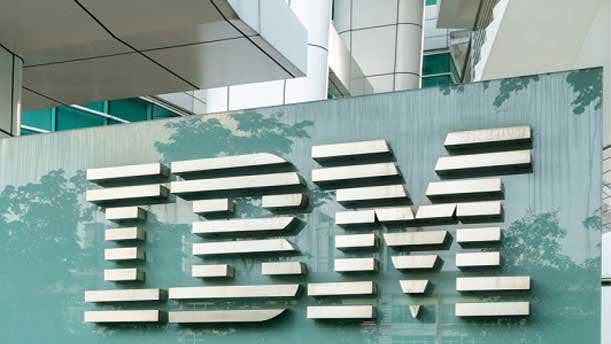
Do you see the upcoming IBM-Red Hat merger as a new major competitor in 2019?
It's pure speculation as to what IBM and Red Hat will look like once they integrate as one company. We've worked and have a partnership with both companies for a long time -- and remember that [Red Hat CEO Jim] Whitehurst is on our SecureWorks board – we're friends of the family. We'll always collaborate. However, the momentum we're seeing with Pivotal and the ability to create that native cloud app platform environment with that Pivotal Labs collaborative, agile development ecosystem – that is taking off. Then you tie that back to our Boomi capabilities of doing data migration, so taking your information off legacy platforms and putting it into a new native cloud app environment without having to modernize your legacy applications – that's a huge difference than what it would have been three, four or five years ago. I wish IBM and Red Hat the best, but we think we have a solution that is very, very good in the market and clearly doing extremely well.
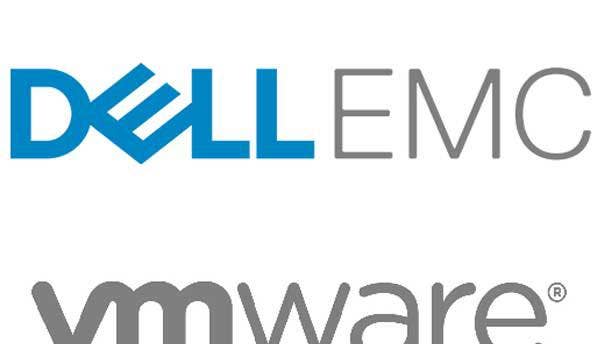
How important is the VMware-Dell EMC integration in 2019?
Oh it's big. It's big. VMware's obviously one of the big crown jewels in the overall Dell Technologies umbrella. They've had tremendous growth as well. Just in the commercial space alone, we added 2,200 net new customers in the third quarter. That's an insane amount. It's a testament that the value proposition is there and we want to continue to drive that. The things that VMware is doing to make sure they're truly relevant in the hybrid cloud ecosystem -- interconnecting with all the public cloud solutions and the integrations they've made into the AWS environment – all of those are critically important for where things are going.
What are your thoughts on VMware teaming with Amazon to create AWS Outposts?
Remember, AWS Outposts is 12 to 18 months out. We usually come from the environment of announcing what's available. But that's OK. Long term, it's great that VMware is becoming an integral part of almost every cloud architecture stack which is beautiful. We think what VMware is doing in making sure that they're part of every cloud ecosystem, able to distribute workloads, applications and data on any cloud, any device, any time seamlessly, is awesome. Of course, me on this side will want to be the default infrastructure provider for everything.

How is your storage 'refuse to lose' strategy succeeding so well?
If you look at specifically channel numbers only for quarter three: overall revenue grew 21 percent on a big number for the channel; client business grew 13 percent; servers grew 38 percent; storage grew 12 percent; deal registrations were up 2 percent. Our originations around Dell Financial Services -- so taking advantage of the financial services -- in the U.S. were up 18 percent. We had 15,000 net new customers or reactivated customers in the quarter alone. It just goes on and on. You're like, 'This thing is starting to click on all cylinders'. Specifically in storage, we had a degradation on our low-end, midrange business and it was just loss of visibility into the customer base. Once we realized where we had some erosion, it was predominantly through the distribution, it wasn't the visibility we were used to having. We fixed that. You start to focus on where some of the degradation was. We added programmatic dollars to the program that was heavily weighted toward storage. All of those things really started to materialize. It's not a silver bullet. It's not just one lever, it's instrumenting the business in such a way that you could actually see it come together. It's multiple prongs that you need to pull.

Talk about Dell's channel momentum. Can you provide any recent channel revenue data?
We are at $49 billion in channel revenue orders. Alone, that would be a Fortune 60 company by itself – bigger than Facebook. Bigger than American Express. Bigger than Oracle. Even bigger than Cisco. It's phenomenal what the team is doing. When you get to $49 billion of channel revenue that we're now at, if you look at the trailing 12 months on an orders basis, up from $43 billion – that's an unbelievable growth rate on a big number. That is consistent performance around the globe with our partners. We grew more this year in the channel than NetApp has in the last 26 years. It's fun to be part of this journey and seeing how the Dell Technologies portfolio is coming together so well. It's resonating with customers and driving the transformations that enables partners to become more competitive in the market.
What's the new 2019 commercial go-to-market charge for partners?
If you are a partner that sells more than three lines of business from Dell Technologies, you make eight-times more revenue with us than you would if you sell two lines of business, and you'll have 21-times more dollars in your pocket than if you sell one line of business. The idea is, 'How do we help you as a partner get more profitable?' Well if the portfolio is hitting the mark on what the customer needs, if the programmatic approach to selling broader solutions makes you more relevant to the customer and it also increases your profitability significantly – those are all things the partner ecosystem will get pretty excited about.
If I had to tell them what to do I'd say: be aggressive in getting net new accounts to the table; be aggressive in expanding the line of business; be aggressive about engaging in the field. We're seeing that any partner that does joint account planning with us grows 19 percent faster than anyone that doesn't. So it's truly the effort all the way down to the field level that makes a difference.
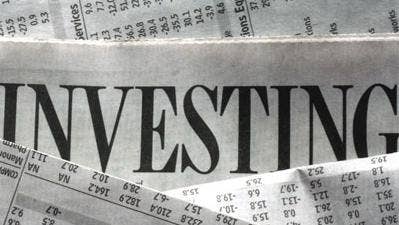
What are the channel investments areas this year?
We'll be aggressive about creating demand. We're going to be aggressive on making sure from an operational excellence perspective that we do a better job. There's still things we can do to improve like our deal regression process, improve accuracy and timeliness of the rebate payments. Improve our quoting and configuration and pricing on storage. We're going to take good care of it. Last but not least, we want to be aggressive about winning together. … Annualized, we've spent over $4.5 billion in R&D across Dell Technologies. That's a big number. Bigger than IBM. Bigger than anyone we know of in this space. Clearly, that is a core driver and engine for creating net new innovation across the board. On top of that, we've invested significantly in more team members out in the field to cover more territory, cover more partners, cover more accounts and create more demand. It's not an Earth-shattering idea that if you show up, you might win. We're showing up and with this portfolio we're winning. With this partner ecosystem we're winning. That's exciting. We want to make sure that every dollar we spend is as efficient and effective as possible.
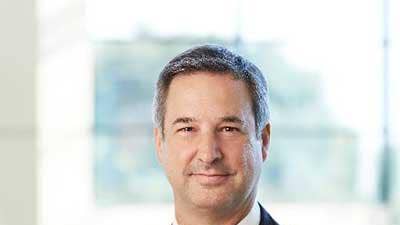
What's your message to channel partners?
I want to thank the channel and the team for everything we collectively did this year. Growing from $43 billion to $49 billion in a short period of time doesn't happen by accident. It means we have strong commitment from our partner ecosystem. We obviously have a strong commitment to them. It's the fastest route to market that we have at Dell Technologies. So we're not confused. We're going to continue to feed that engine. That means the Dell Technologies proposition is working.
What does it mean for partners and customers to now be a public company?
It's a massive milestone for Michael Dell. What it does is it's a testament that we were able to transform the company while it was private. An immense amount of capabilities that we've now pulled together and it's resonating in the community and results that we're seeing. Hence, why not take advantage of some of the public markets and get more cash flow into the engine so we can continue to invest aggressively in it. It's awesome.